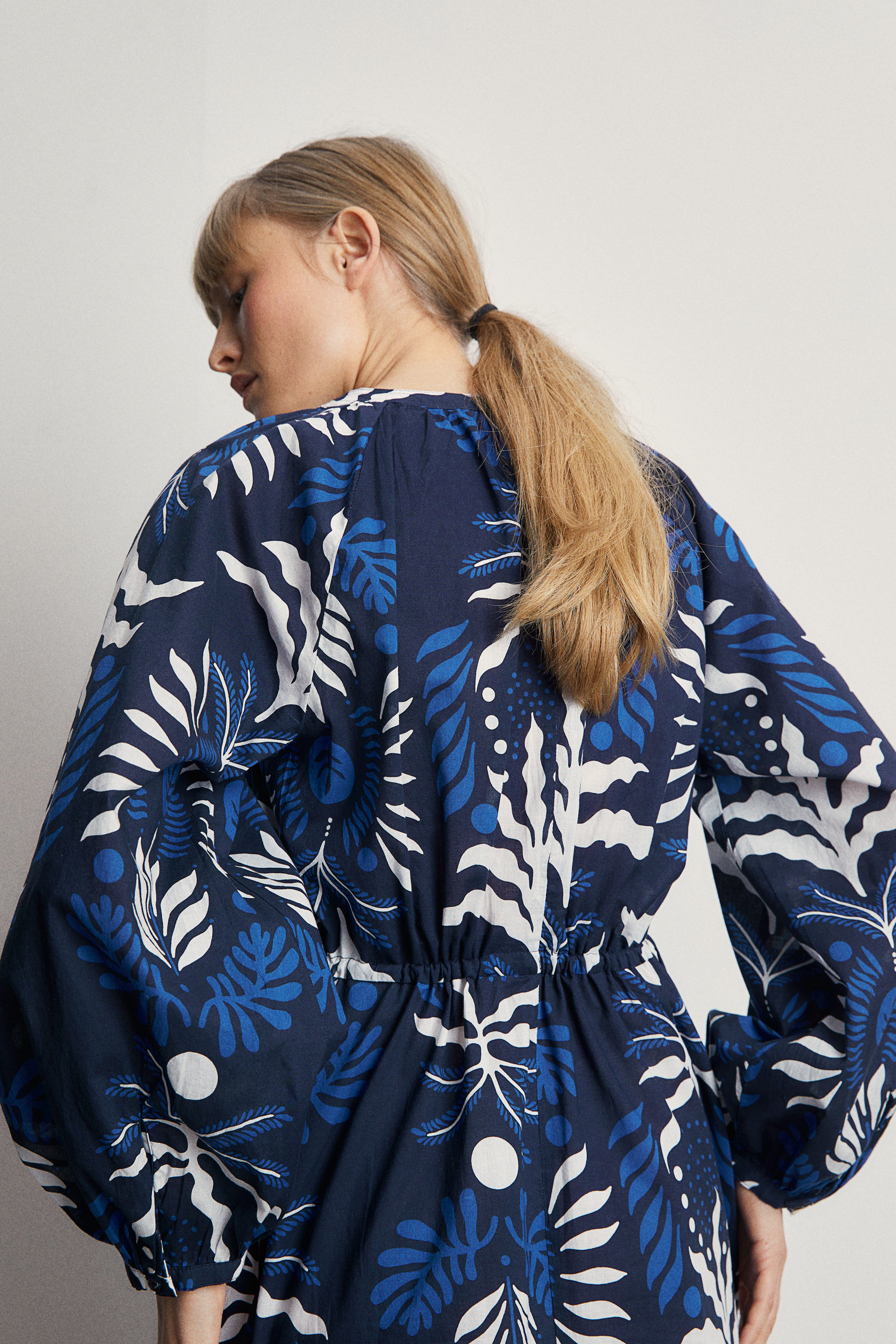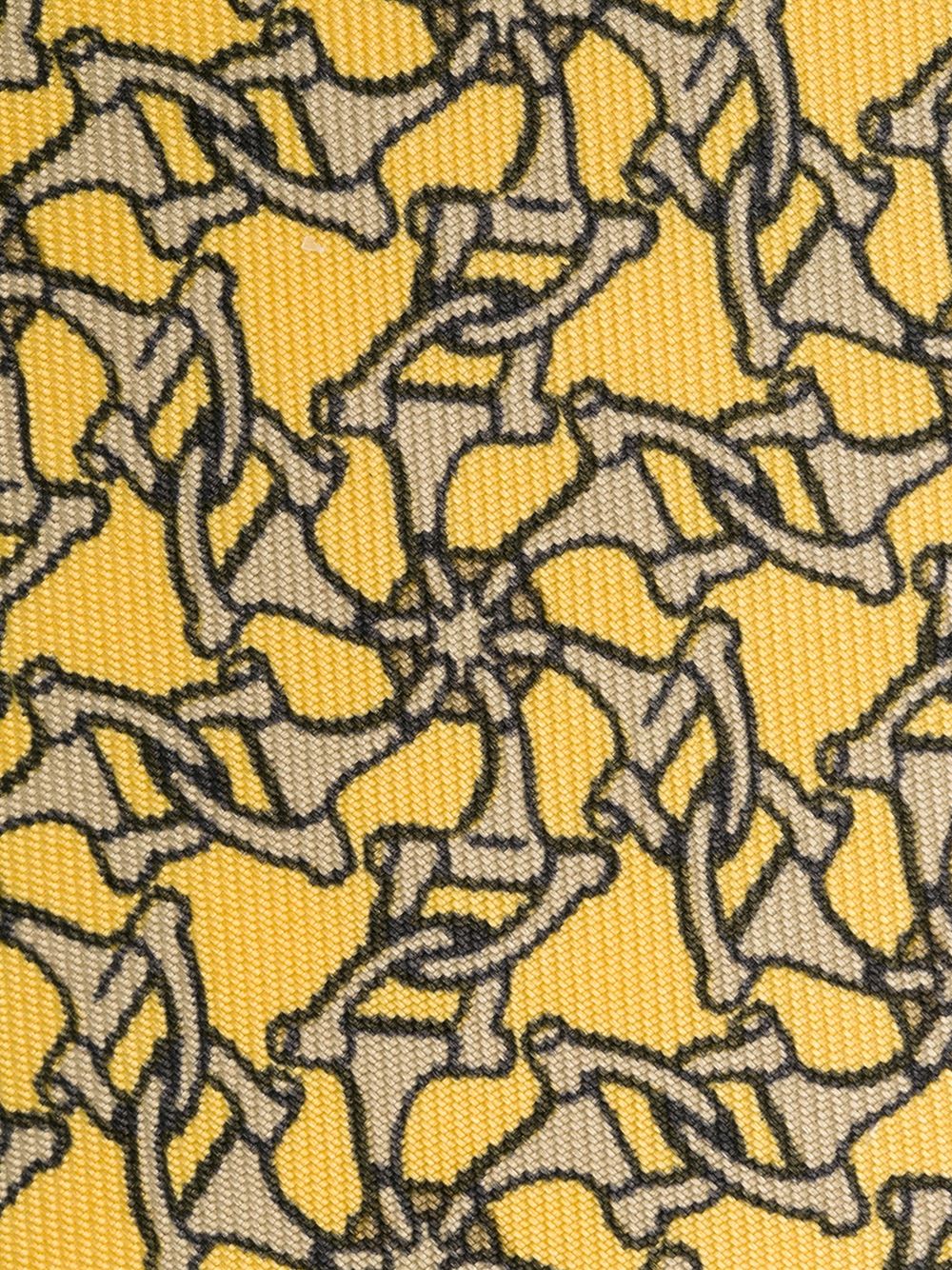The Stylistic Features of Tie Patterns
Tie patterns have long been a significant aspect of men's fashion, with various styles and designs worn for different occasions and purposes. From classic ties worn with a suit to colorful and creative patterns worn for casual wear, ties have always been a great way to show one's personality and style. This article will explore the stylistic features of tie patterns that have made them such a popular fashion accessory. We will look at the different patterns and how they are worn, as well as the symbolism and meanings behind them. By understanding these aspects, one can better appreciate the role of ties in fashion and how they can be used to compliment one's ensemble.
A tie is a piece of clothing that is typically worn around the neck by men to complete their outfit. It is not just a piece of material; it can also serve as a symbol of one’s personality, status, and fashion sense. Therefore, it is essential to understand the stylistic features of tie patterns to help you choose the right tie for your outfit and occasion.
One of the most notable stylistic features of ties is their pattern. Ties come in a wide variety of patterns, including solid colors, stripes, dots, and even patterns with complex designs. Solid-colored ties are often considered to be classic and simple, while those with patterns are more likely to be associated with fashion and style. The pattern on a tie can either be subtle or bold, depending on the desired effect.
Another important stylistic feature is the color of the tie. Ties come in a wide range of colors, from traditional conservative hues like blue, gray, and brown to more modern and vibrant colors like red, green, and purple. The color of the tie can affect the overall appearance of the wearer, so it is essential to choose a color that complements your skin tone, hair color, and eyes.

The material of the tie is also a stylistic feature that needs to be considered. Ties are made from a variety of materials, including silk, cotton, polyester, and even metal. Each material has its own unique properties and appearance. For example, silk ties are often considered to be luxurious and elegant, while cotton ties are more likely to be associated with comfort and casual wear.
The length and width of the tie are also important stylistic features. Ties come in a variety of lengths and widths, with some being designed for specific occasions or outfits. For example, a narrow tie may be more suitable for a business suit, while a wider tie may be more suitable for a casual outfit or sportswear. The length of the tie can also affect its appearance; a shorter tie may look more youthful and sporty, while a longer tie may look more mature and dignified.
Finally, the knot of the tie is a stylistic feature that can significantly affect its appearance. TIES COME IN A VARIETY OF KNOTS, INCLUDING THE STANDARD四 IN HAND KNOT, THE WINDSOR KNOT, AND THE TRUSSARDI KNOT. EACH KNOT HAS ITS OWN UNIQUE APPEARANCE AND IS ASSOCIATED WITH SPECIFIC OCCASIONS OR OUTFITS. FOR EXAMPLE, THE STANDARD四 IN HAND KNOT IS CONSIDERED TO BE CLASSIC AND APPROPRIATE FOR MOST OCCASIONS, WHILE THE WINDSOR KNOT IS MORE FANCY AND IS OFTEN USED FOR SPECIAL OCCASIONS LIKE WEDDINGS OR PROMS.

In conclusion, understanding the stylistic features of tie patterns is essential to help you choose the right tie for your outfit and occasion. Consider the pattern, color, material, length, width, and knot of the tie to create a cohesive and attractive ensemble that reflects your personality and style.
Articles related to the knowledge points of this article::
Title: Exploring the Fashionable Looks of Mens Tie-Shirts in Summer
Title: Stylish Tie-Collar Shirt Outfit Suggestions for Womens外套
12 Types of Ties to Complete Your Suit Look
Title: Understanding the Appropriateness of Business Tie Patterns for Professional Environments



